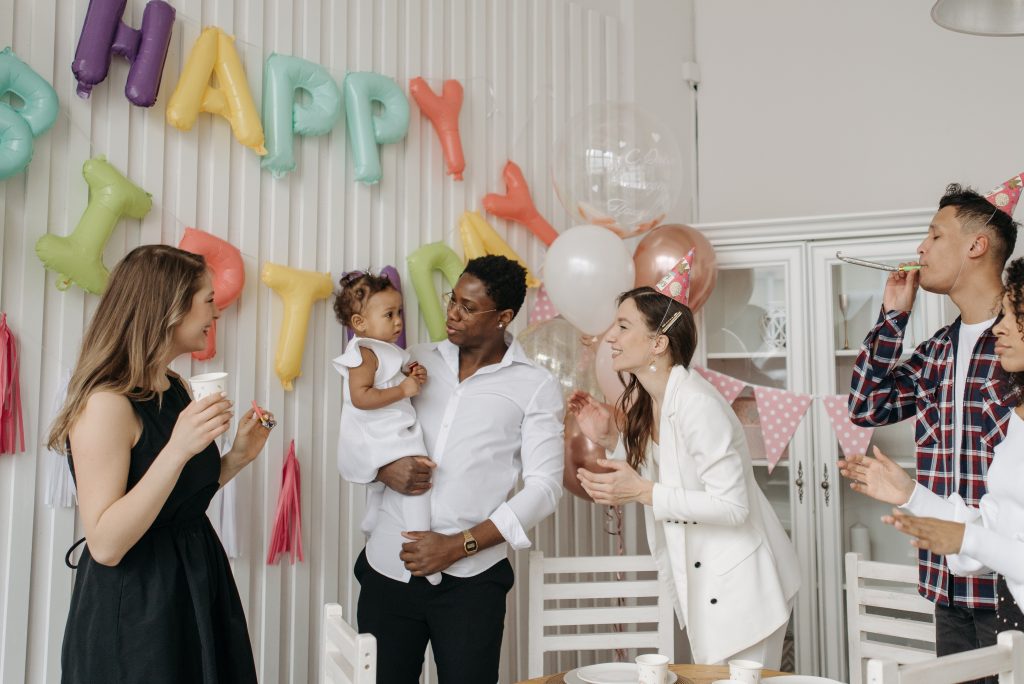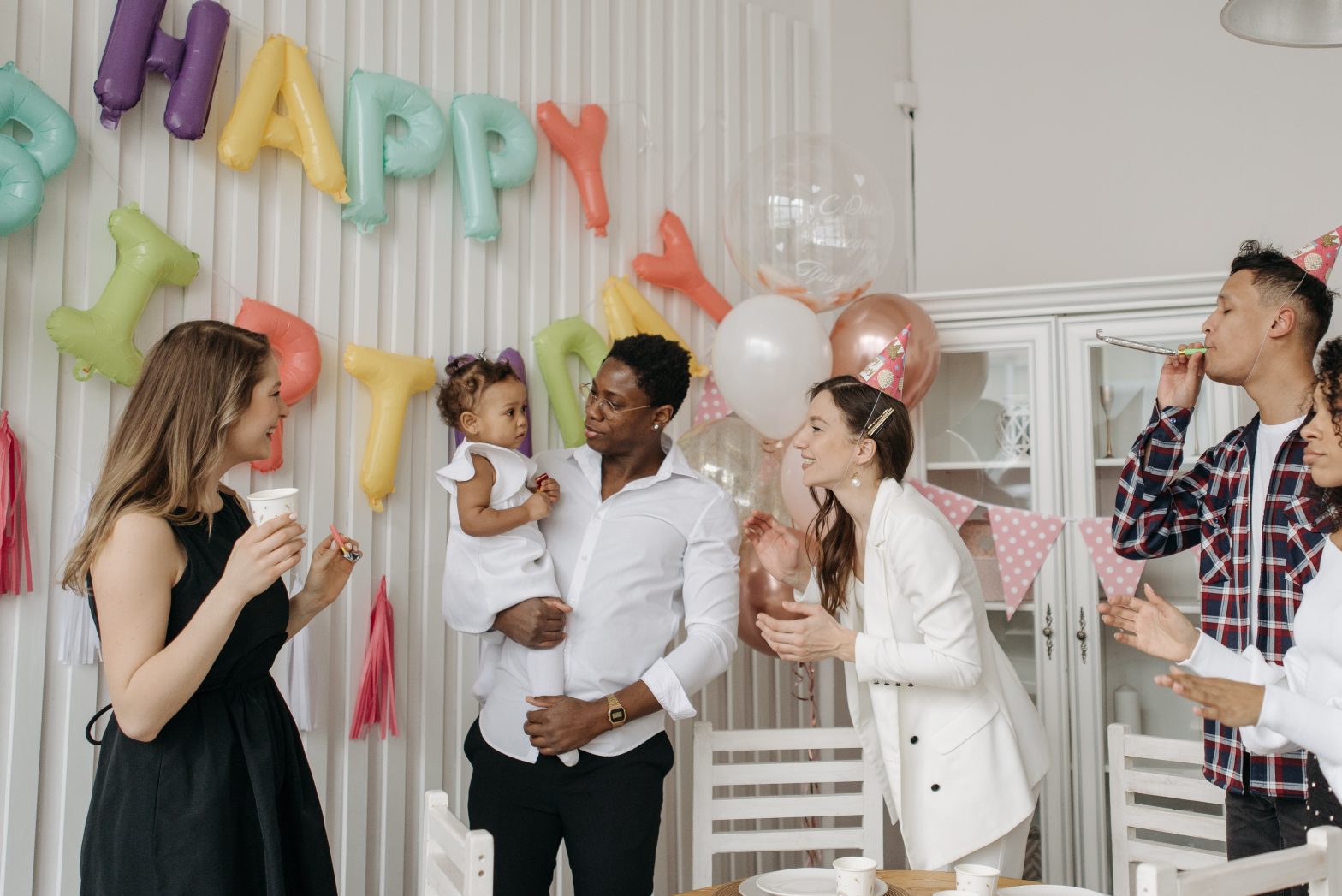
A tranquil street embodies the mix of modern families in a vibrant city neighborhood. Each home tells a unique story of connection and belonging.
A nuclear family shares laughter and parenting duties, while another thrives in multi-generational warmth. Across the street, another family embraces diversity, merging cultures with adopted twins.
Next door, another demonstrates the power of chosen families, building bonds beyond blood.
In another house, a same-sex couple champions equality alongside their adopted daughter and a next-door couple.
Lastly, a couple find solace in simplicity with pets.
Such diverse homes illuminate the truth that family defies one mold. Love, shared experiences, and acceptance transcend societal norms in this corner of the city.
Significant types of modern family
https://www.youtube-nocookie.com/embed/hpCyiyNqzlE
In the rapidly changing landscape of the 21st century, the traditional concept of a family has evolved beyond recognition.
The stereotypical image of a nuclear family composed of a heterosexual couple and their biological children is no longer the only narrative.
Instead, a diverse range of family structures has emerged, breaking down barriers and redefining what it means to be a family in the modern world.
1. Nuclear family. While the traditional nuclear family still exists, it has evolved to include various adaptations. A nuclear family typically consists of two parents and their biological or adopted children.
However, these families might consist of single parents, same-sex parents, or parents of different cultural backgrounds.
2. Blended family. Also known as a stepfamily, this type of family forms when one or both parents remarry or enter into a new partnership. They bring their children from previous relationships together.
Blended families navigate the complexities of combining households, parenting styles, and relationships between step-siblings.
3. Single-parent family. This family structure consists of one parent raising one or more children. Single-parent families can result from divorce, separation, choice, or the death of a partner.
The parents in this set-up play dual roles and often create strong bonds with their children.
4. Extended family. An extended family includes parents, children, grandparents, aunts, uncles, cousins, and other relatives. This family structure often provides a built-in support system and a sense of communal living.
5. Multi-Generational family. In multi-generational families, multiple generations live together under the same roof or in close proximity. This fosters close relationships between grandparents, parents, and grandchildren and can have practical benefits, such as shared childcare and financial support.
6. LGBTQ+ families. Families with same-sex parents or LGBTQ+ members challenge traditional gender roles and heteronormative definitions of family.
Same-sex couples may have biological children, adopt, or use surrogacy or assisted reproductive technologies to build their families.
7. Child-Free or childless families. Some couples or individuals choose not to have children, either due to personal preference, medical reasons, or other factors. These families prioritize their careers, relationships, and personal interests without the responsibilities of parenthood.
8. Cohabiting partnerships. Couples who choose to live together without marriage form cohabiting partnerships. These relationships challenge traditional expectations and offer an alternative way to build a life together.
Defining the modern family dynamic
A female soldier appears to be saying goodbye to a child. (Photo by George Pak from Pexels)
The blurring of boundaries: Beyond blood relations
Modern families are characterized by their inclusivity and the dissolution of rigid definitions. Biological relationships are no longer the sole determining factor in forming familial bonds.
The rise of adoption, surrogacy, and blended families has shown that what truly matters is the love, support, and connection shared among individuals.
Families now encompass step-parents, half-siblings, adoptive parents, and chosen families of friends who provide emotional sustenance.
Embracing diverse relationships
Society has come a long way in recognizing and celebrating different forms of love.
Accepting same-sex marriages and partnerships has paved the way for LGBTQ+ individuals to build families that reflect their identities. These families are bound not by societal norms but by the authenticity of their relationships.
Love, in all its forms, remains at the heart of these diverse family dynamics.
Career and parenthood: Navigating new realities
With more women entering the workforce and challenging traditional gender roles, parenting dynamics have transformed significantly.
Shared responsibilities and flexible work arrangements have given rise to stay-at-home dads, work-from-home moms, and single parents who juggle career demands while raising children.
The modern family recognizes that nurturing a successful career and providing a supportive home life can go hand in hand.
Technology as a unifying force
In an era of globalization, technology has emerged as a unifying force for families separated by geographical distances.
Video calls, social media, and messaging apps enable families to maintain strong connections regardless of physical boundaries.
Grandparents can read bedtime stories from afar, and cousins can share milestones in real-time. Technology has redefined the traditional notion of family to include virtual togetherness.
Reshaping cultural norms
Cultural diversity has further enriched the fabric of modern families. Interfaith marriages, interracial partnerships, and global mobility have led to a fusion of customs, languages, and traditions.
Children growing up in such families are exposed to a broader worldview, fostering tolerance and empathy from an early age.
The modern family dynamic is a testament to the beauty of a world interconnected by varied backgrounds.
The role of co-parenting and extended networks
Co-parenting has emerged as a progressive approach to raising children after separation or divorce.
It involves both parents actively sharing responsibilities and decisions, creating a nurturing environment for their children despite the changes in the relationship.
Extended networks of friends, neighbors, and community members also contribute to the support system. This evolution in parenting showcases the power of cooperation and collaboration in the modern family landscape.
Jacob: A biblical epitome of a blended family
Genesis 35:11. (Photo taken from Bible Portal)
“And God said to him, “I am God Almighty; be fruitful and increase in number. A nation and a community of nations will come from you, and kings will be among your descendants.” – Genesis 35:11
Jacob, a prominent figure in the Bible, represents a notable example of a blended family. His story is one of complex relationships and family dynamics.
He was the son of Isaac (son of Abraham) and the twin brother of Esau.
Jacob worked for his uncle Laban and fell in love with Laban’s daughters, Leah and Rachel. He decided to work for Laban for seven years in exchange for Rachel’s hand in matrimony.
However, Laban tricked Jacob by giving him Leah instead of Rachel on their wedding night. Subsequently, Jacob labored another seven years to marry Rachel as well.
The said marriages introduced the concept of a blended family into Jacob’s story. He had two wives, Leah and Rachel, along with their maids, Bilhah and Zilpah, who were given to him by Leah and Rachel to bear children on their behalf.
Their arrangement was a source of competition and jealousy among the women, as they each sought Jacob’s affection and the status of bearing children.
The result was a complex family structure with Jacob as the patriarch and four women as his wives, each with their children. This blended family situation led to various conflicts and challenges.
Ultimately, Jacob had twelve sons and at least one daughter, Dinah, from these unions. His twelve sons would become the founders of the 12 tribes of Israel, forming the basis of the nation’s identity and lineage.
Jacob’s story illustrates the complexities that can arise in blended families due to competing loyalties, favoritism, jealousy, and other challenges.
Managing relationships within a modern family structure requires insight and love.
Today, we need God in the center of our lives. The concept of family continues to evolve as we see changes in culture, technology, and other aspects of society,
However, faith and God’s Word provide us the wisdom and parameters on how we are to lead our family lives with joy, righteousness, and love.
More from Crossmap:
Best inspiring family quotes for you
Republished with permission from Blogs.crossmap.com, featuring inspiring Bible verses about Breaking barriers: Redefining the modern family dynamic.
